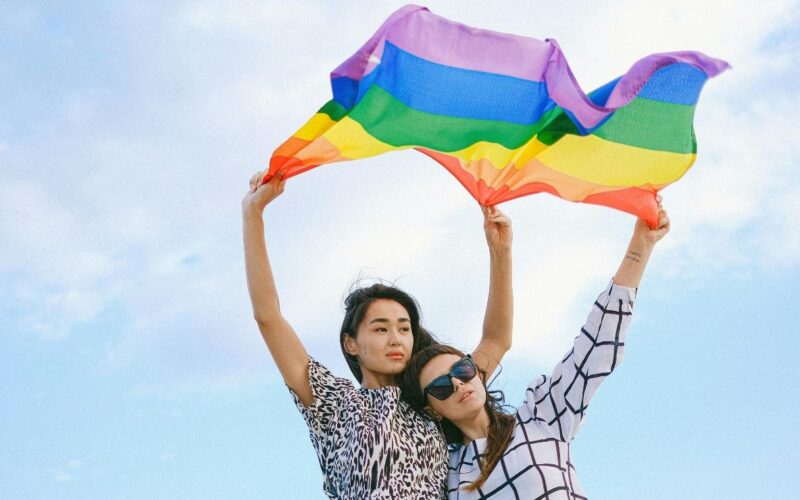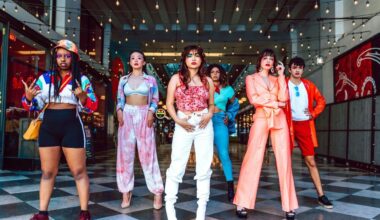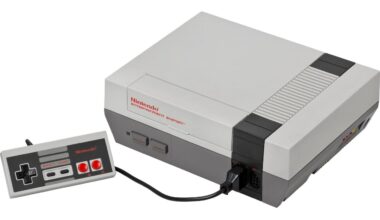The 1980s were bold, traditional, and less open to change. Public norms were more rigid, and social values shifted slowly. Many of today’s ideas about fairness, identity, and language would have clashed with how people thought during that time. Whether the result of politics or culture, these trends would have struggled to find support in a very different era.
1. Asking for Trigger Warnings
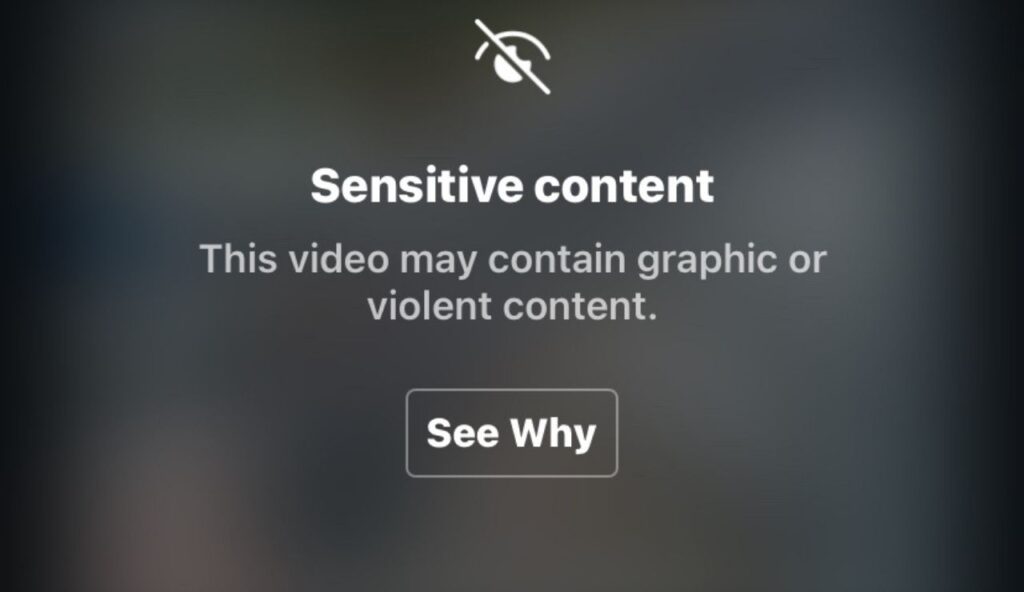
Today, people often provide a warning before discussing sensitive content. In the ’80s, this kind of preparation was uncommon. Viewers and readers were expected to handle topics without notice. The idea of preparing someone emotionally would have seemed unnecessary. Conversations about trauma were less visible, and mental health was rarely part of public discussion.
2. Using They/Them as Pronouns
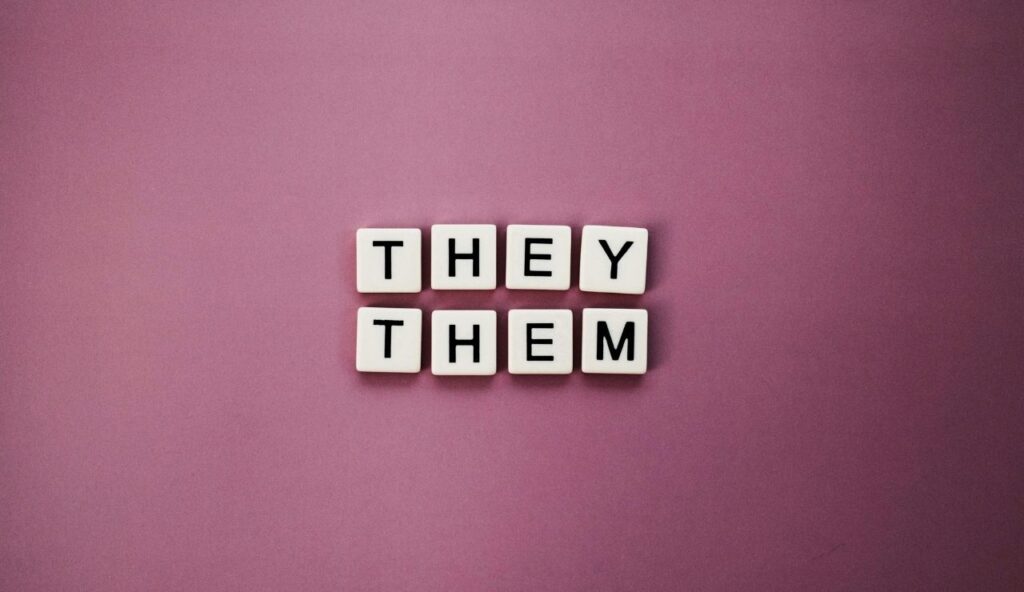
Discussions about gender identity were not common in the 1980s. If someone asked to be addressed with nontraditional pronouns, the request would likely have been misunderstood or dismissed. Language around gender roles was more limited, and social awareness of identity was still developing. Most people did not have the vocabulary to engage in that conversation.
3. Criticizing Classic Movies for Problematic Content
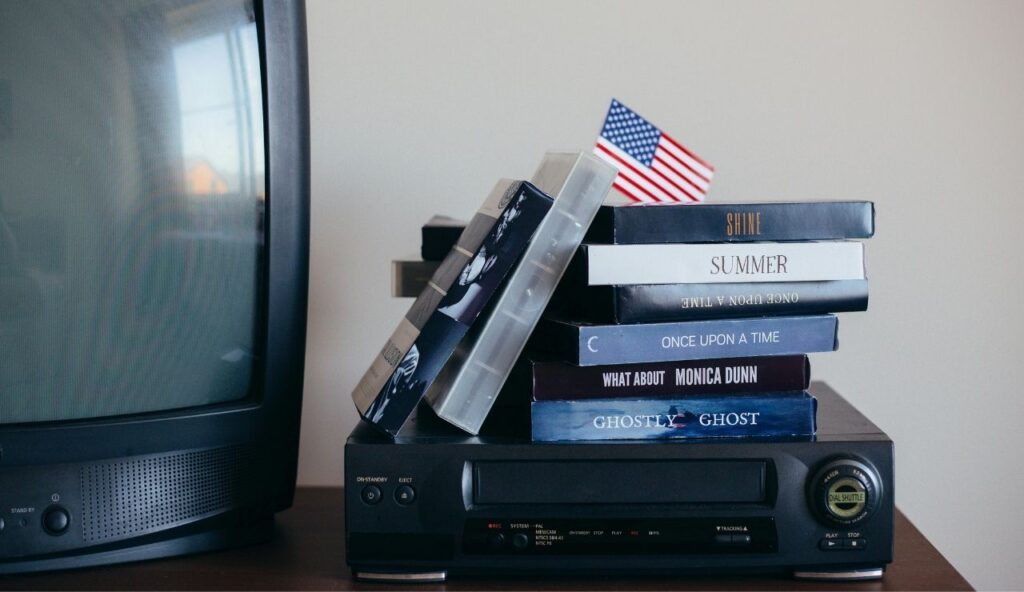
Older films are now reviewed for harmful messages or stereotypes. In the 1980s, such critique was rare. Storylines that would now raise concern were often accepted without question. Humor, gender roles, and violence were shown with fewer boundaries. The idea of removing a movie from circulation because of its message would not have gained much support.
4. Encouraging Kids to Question Authority

Modern education values curiosity and critical thinking, even when it challenges tradition. In the ’80s, young people were expected to respect authority figures without debate. Questioning teachers or adults was discouraged in many settings. A student who disagreed openly might have been seen as disrespectful rather than engaged. Obedience was more often rewarded.
5. Using Gender-Neutral Language
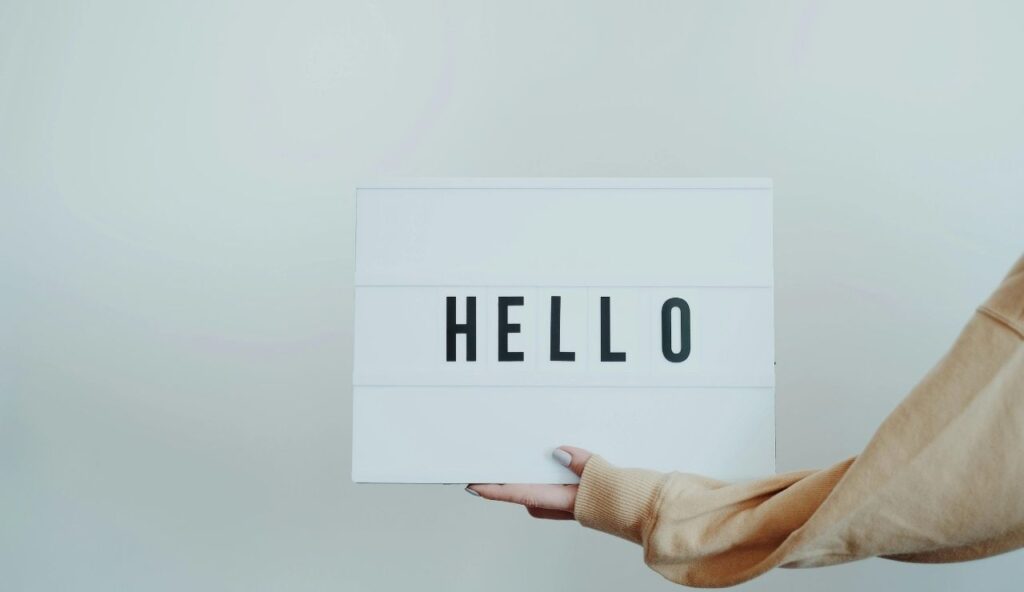
Gender-specific terms were used by default in the 1980s. Words like “fireman” and “mailman” appeared in daily speech without concern. Today, gender-neutral alternatives are encouraged. At the time, efforts to revise language would have been considered unusual or overly formal. Discussions about how word choices affect inclusion were not yet widespread.
6. Holding Brands Accountable for Ethics
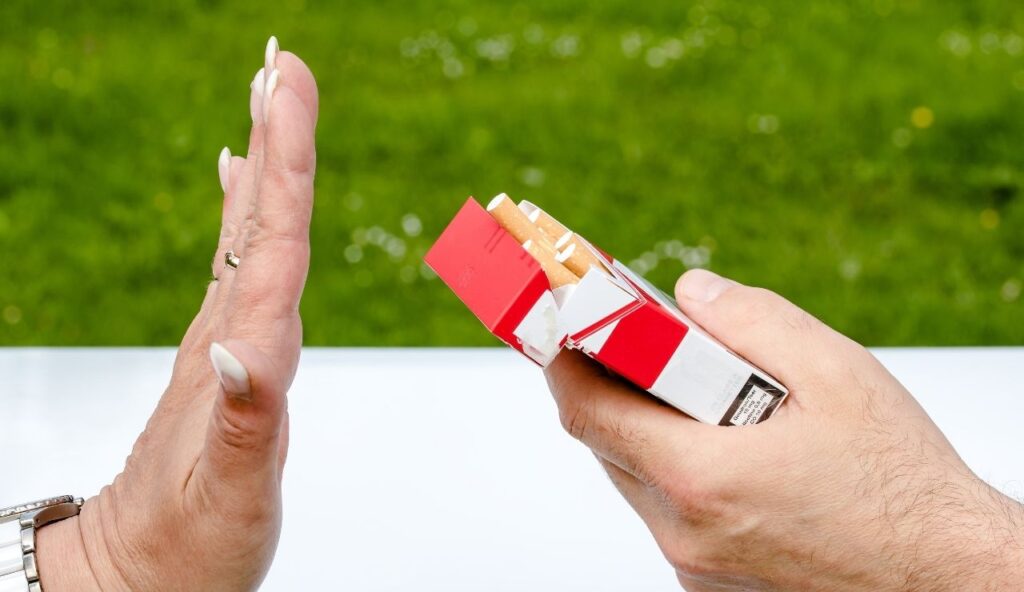
Consumers now expect companies to act responsibly in areas such as labor rights, environmental care, and political neutrality. In the ’80s, people focused mostly on price, convenience, and brand loyalty. A company’s values or conduct had little influence on its reputation. Organized responses to corporate behavior were rare and limited to specific causes.
7. Promoting Body Positivity at Every Size
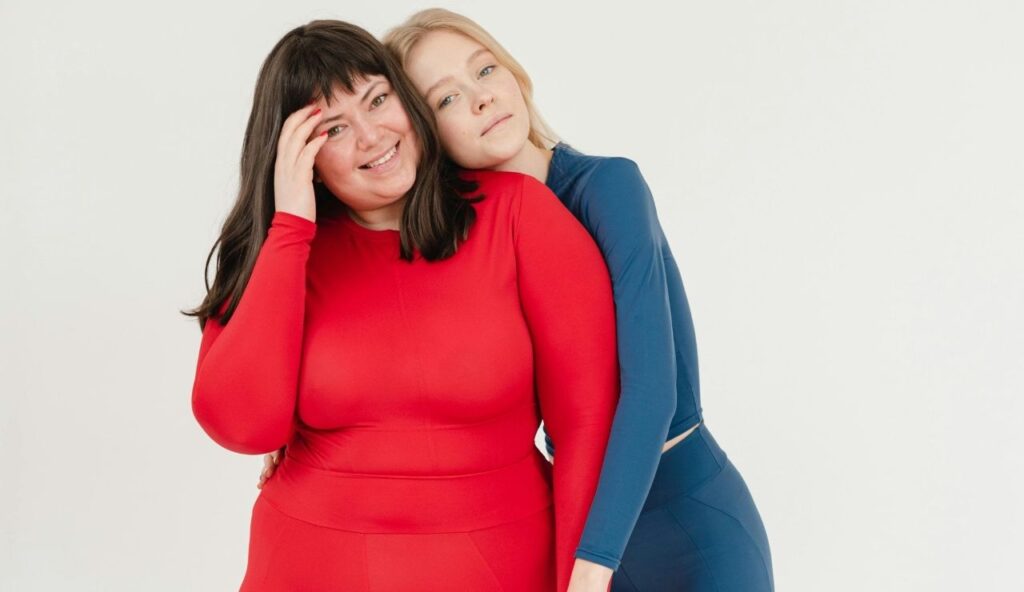
Modern campaigns highlight the importance of accepting all body types. In the 1980s, beauty standards were narrow and promoted through advertising and media. Thinness was treated as ideal, and alternative body shapes were often ignored. Speaking positively about body diversity would not have found much encouragement. Appearance was rarely discussed in inclusive terms.
8. Normalizing Therapy and Emotional Openness

Today, talking about therapy is common, especially among younger people. In the 1980s, seeking counseling was often kept private. Admitting emotional difficulty could lead to stigma or discomfort. Mental health topics were not widely shared, and vulnerability was not seen as strength. Support existed, but it was usually handled behind closed doors.
9. Promoting Diverse Beauty Standards in Advertising
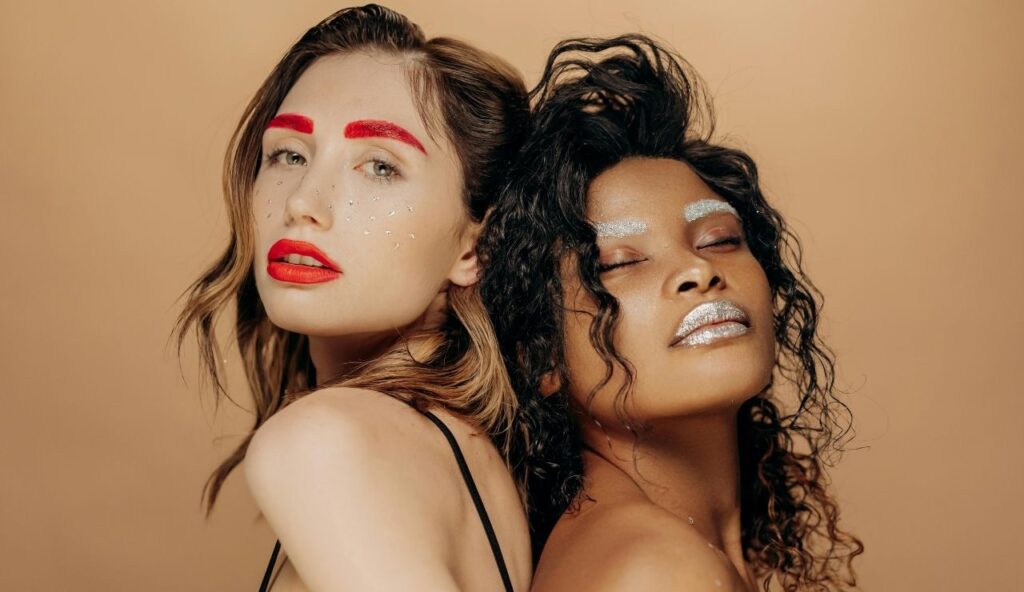
Today’s media often celebrates a wide range of skin tones, hair textures, and body features. In the 1980s, beauty campaigns followed a narrow image that rarely included diversity. Models looked similar, and nontraditional features were rarely highlighted. A brand that focused on inclusive beauty would have been seen as taking a risk rather than reflecting the population.
10. Expecting Workplaces to Reflect Personal Values

Modern employees often seek workplaces that align with their beliefs. In the ’80s, a job was viewed mainly as income and status. Most people did not expect companies to support social causes or public movements. If a workplace’s values clashed with personal ones, people stayed silent or looked the other way. Aligning careers with ethics was uncommon.
11. Using Inclusive Language for Neurodiversity
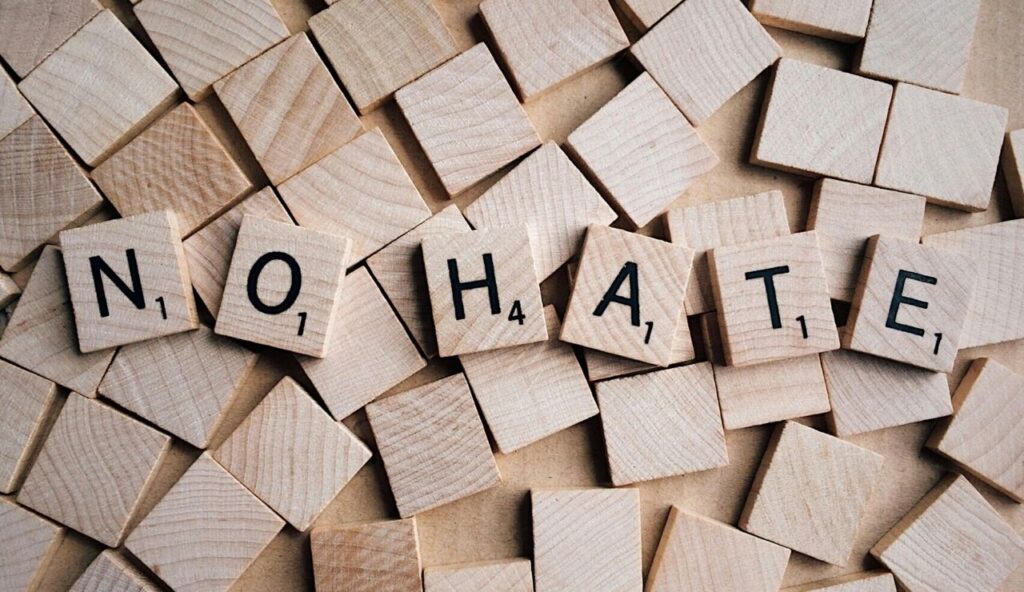
Terms like “neurodivergent” and “sensory-friendly” are part of today’s efforts to support people with different cognitive experiences. In the 1980s, public awareness of autism and other conditions was limited, and conversations lacked nuance. Most classrooms and workplaces had few accommodations. Inclusive language and adaptive support were rare.
12. Replacing Mascots and Logos That Offend

Sports teams and schools today are changing names and logos to remove offensive imagery. In the ’80s, these designs were often accepted without question. Protests existed, but many communities resisted change. Critics of traditional mascots were dismissed or ignored. Respecting cultural identity was not widely seen as a reason to revise branding.
